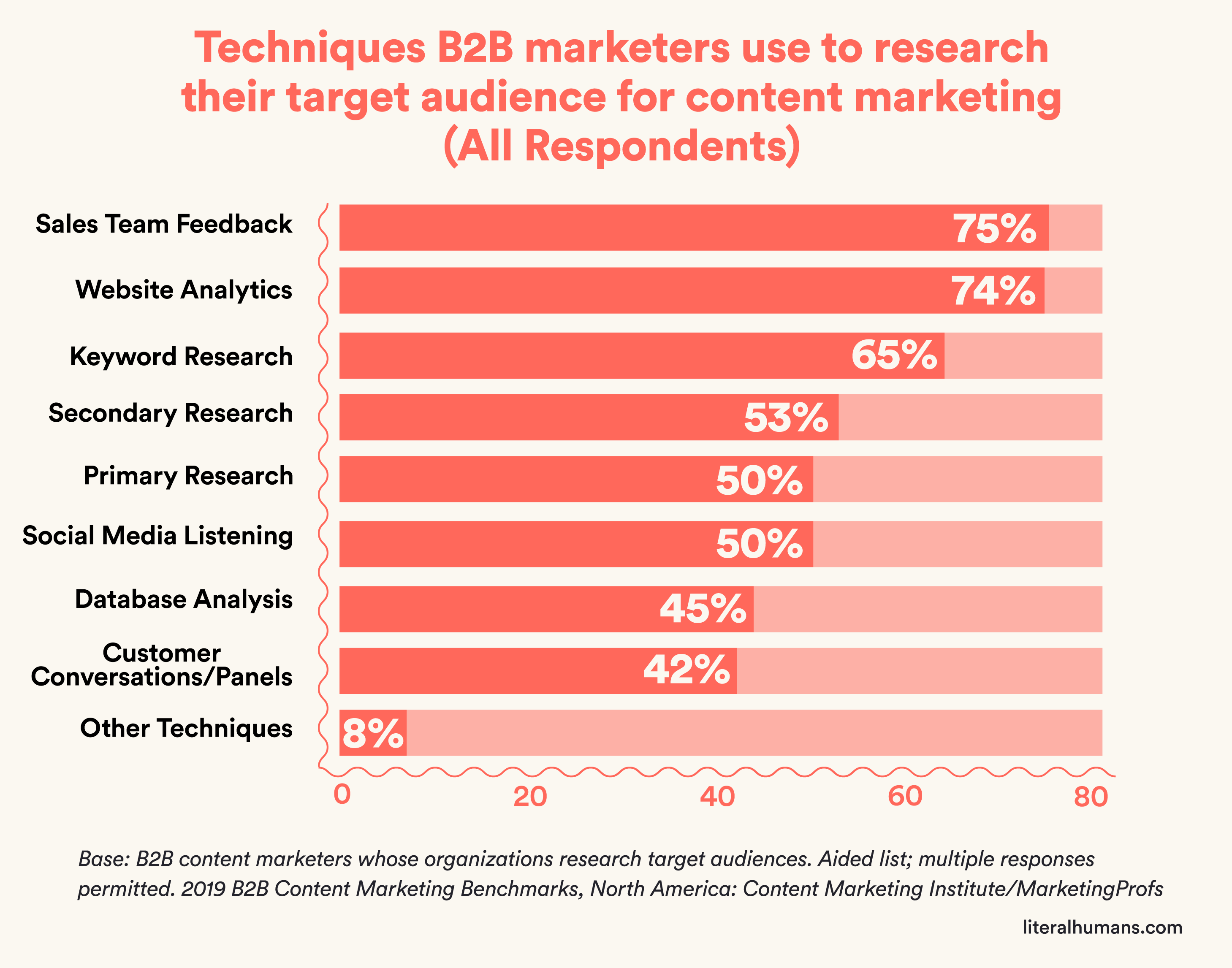We’ve heard the comparison before.
Someone praises a piece of content by calling it “journalistic.”
But sometimes that can just mean that it’s sort of…long. And maybe features a few fancy graphs or an interview and uses words like “conversely.”
With more brands than ever resembling media companies in their production of in-depth articles, podcasts, and videos, what does it really mean when we say that content marketing is journalistic?
Can content marketing be like the great journalism we love–the kind that grabs us by the collar and changes the way we see the world?
In this article, I’ll draw on my journalism experience from back in the good ol’ days, when I would bang out my exposés on a rickety typewriter in the newsroom while chain smoking Pall Malls (not really, but I like the way it sounds) to explore these questions and illustrate 4 commonalities between effective journalism and content marketing.
1. Stick to the facts
And not, em, the alternative kind. “Fundamental accuracy of statement is the one sole morality of writing,” Ezra Pound once said. Pound, of course, was not exactly a paragon of morality as a human being, but I’ve always liked this idea because it encompasses so much about good writing.
Real accuracy means digging beyond cliches. And when it comes to journalism or content marketing, this requires a rigorous pursuit of facts.
If, like one member of our team, you’ve had to go over every line of a 5,000-word feature article with CNN’s chief legal counsel before publication, you know one reason why facts are the foundation of journalism: if you don’t get them right, you could get sued.
More importantly, an objective commitment to facts and data (basically a bunch of facts) can help you build credibility with your audience and show that you want to inform and educate. The same principle applies to content marketing.
Is it possible for people to take digital branded content as seriously as a mainstream media article? Yes. Research by the Content Marketing Institute shows that audiences are open to brands being credible sources of web content, as long as they feel that they can trust the information.
Brands can build that trust the same way the best newsrooms do: by consistently providing content that’s accurate, useful, and religiously fact-based, like this article on e-waste from electronic parts supplier Adepem.

2. Get personal
Compiling the facts is essential, but the best journalism takes those pesky facts and humanizes them.
It gives us faces and backstories, taking us into other lives.
It’s one thing to read charts and statistics about the treacherous journey migrants make through the Darién Gap, but it’s quite another to read a story that immerses you in that journey with them, like this 2021 Pulitzer winner by Nadja Drost does.
In recent years, brands have stepped up their game to provide similarly powerful content that centers on people. Patagonia is one successful example, showcasing a wide range of stories that emphasize the company’s sustainable ethos and would fit right in on the website of Outside or National Geographic.
The profile, which features an in-depth interview that runs longer than a typical article, is a journalistic cornerstone that has become a particularly useful content marketing tool.
My profile of HR Director Brandon Chaderton, for example, allowed me to humanize the great work he and his colleagues were doing for Organizing 2020.

3. Understand your audience
Journalism is public service. In order to serve effectively, you need a deep understanding of your audience–who they are, the issues they care about, what they respond to.
That’s why newsrooms have boosted investment in audience engagement teams, which help them connect with their community and tell the kinds of stories that resonate.
Similarly, the best content marketing strategies prioritize understanding customers first.
According to the Content Marketing Institute, 90% of the top performing B2B content marketers put their audience’s informational needs ahead of their brand’s sales message. Understanding those needs requires getting to know that audience.

And how do content marketers go about doing that? Ideally, by getting their customers’ perspective firsthand, just like newsrooms do.
Sales and support teams are an excellent resource brands use to get to know their audience. Website analytics and keyword research are also important tools.
But there’s no substitute for brands connecting with customers directly through conversations or on social media, as JetBlue has done to great effect on Twitter by:
- Being persistently kind and attentive in every interaction
- Making customers feel heard
- Knowing when to escalate a response to a complaint
These tactics have allowed JetBlue to both bolster its brand reputation and gain valuable insights about customers’ most important concerns and preferences.
4. Be a muckraker
Theodore Roosevelt coined the term “muckraker” in a speech in 1906, comparing investigative reporters to a figure from a fable who “could look no way but downwards, with a muckrake in his hand.”
That was meant to be a compliment, sort of. Investigative journalism involves weeks, months, and even years of digging around in the “muck” of public records and data, cultivating sources, and paying attention to details that others neglect.
While you probably won’t catch many content marketers racing out to a parking garage in a trench coat for a midnight rendezvous with a highly placed source, great branded content can also be investigative in a few different ways:
- Identifying a problem that’s highly relevant to its audience
- Asking the right questions (often the hard ones)
- Using expert, verifiable sources
- Taking a trove of complex data and using it to tell a coherent story
- In some cases, presenting a possible solution
Here’s one piece that does all of these things and also reminds us that deep-diving investigative content doesn’t have to be as long as a New Yorker dispatch.
Great content marketing, like journalism, is driven by facts, figures, and stories
Bottom line: audiences want content that’s useful, and will take branded content as seriously as mainstream journalism if they believe that the source is credible.
Gaining an audience’s trust through your content is a big step toward making a sale.
How do you gain that trust? To review:
- Have an airtight relationship with the facts
- Tell stories about humans
- Understand your audience
- Be investigative
Consider approaching your content like a journalist.
Find stories that cater to your audience’s informational needs first, rather than just making a sale, and your content performance and credibility will reap the benefits.
And if you need help with that, give us a shout.










